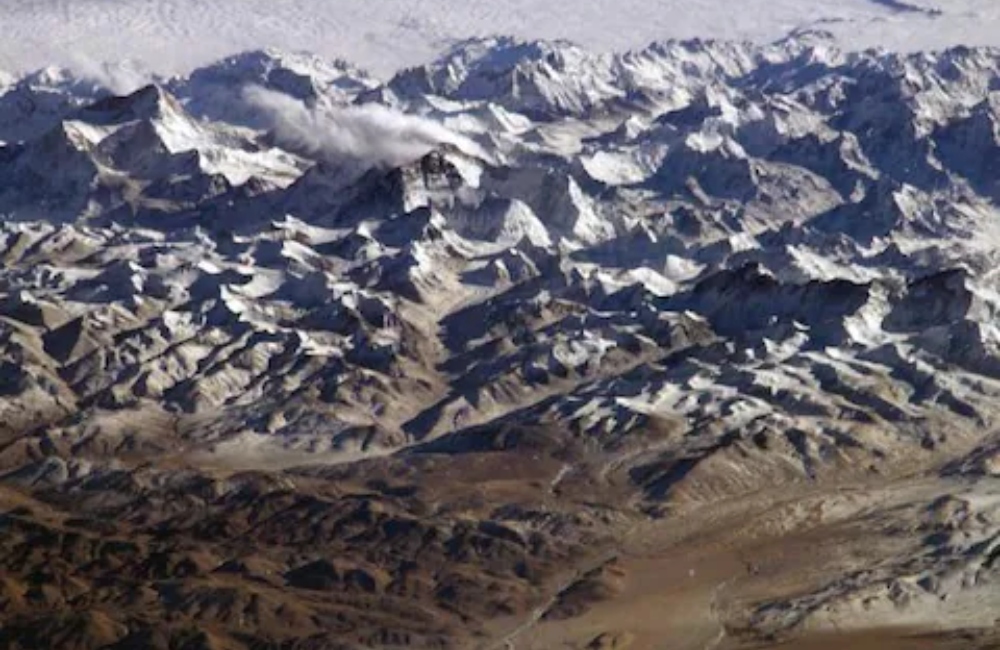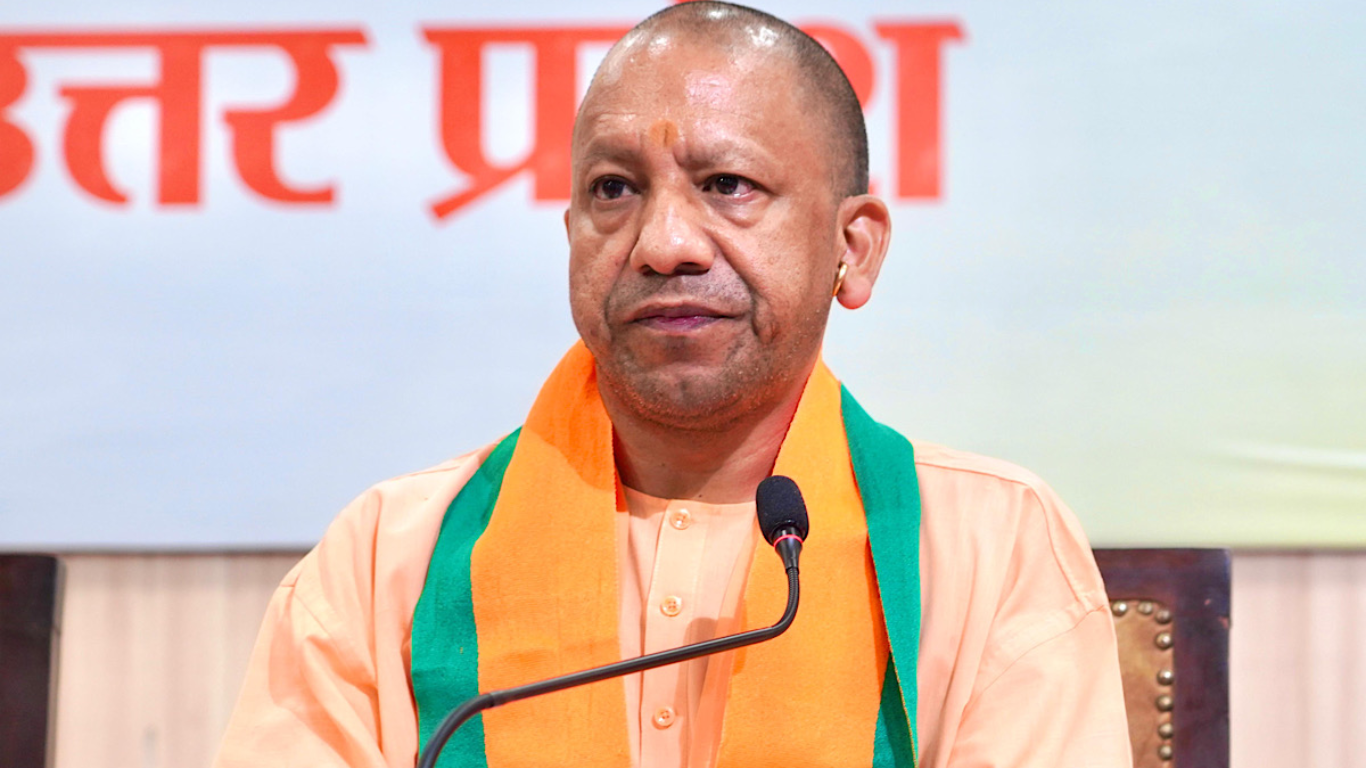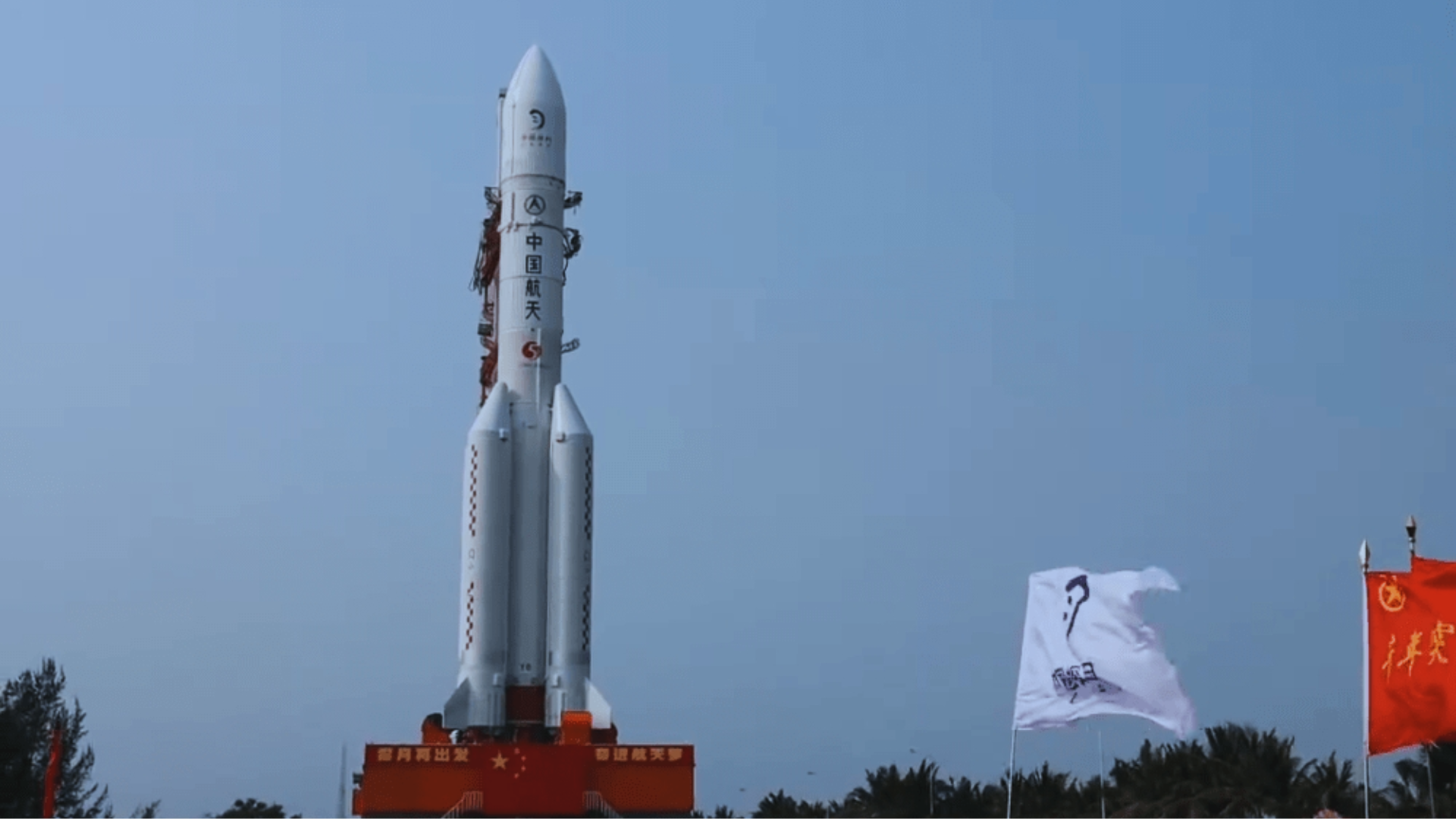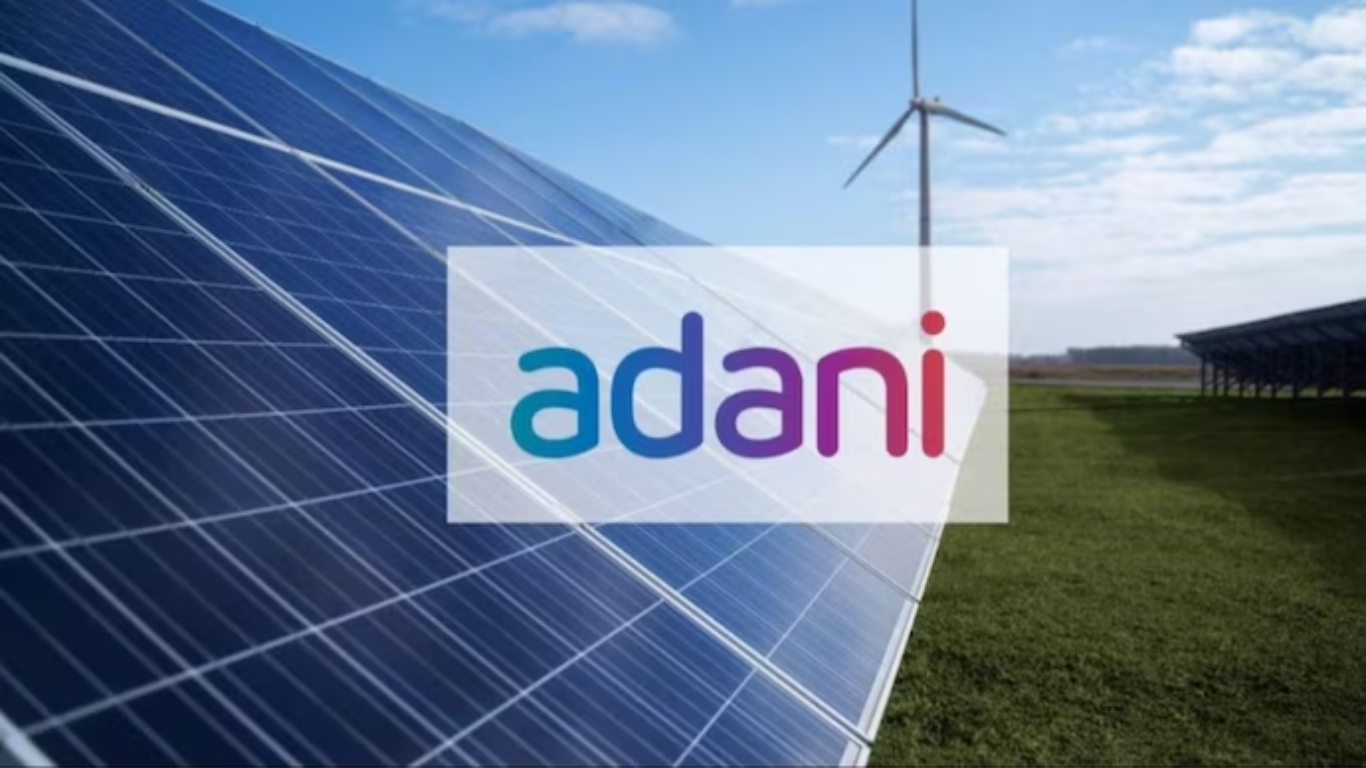










A recent report has claimed that melting glaciers on the Tibetan Plateau might result in excess water in some areas and scarcity in others. Melting glaciers on the Tibetan Plateau may also have an influence on regional security.
Reports further stated that water-related problems are rising quickly, particularly in Asia, which is home to more than half of the world’s population, and changes in water supply, as shown by current research, will harm Asia’s water security in the future due to climate change.
Major concerning claims made in these reports:
1. There is no clear consensus among nations on how to deal with and minimise the consequences of natural catastrophes that harm infrastructure and agriculture.
2. Water resource imbalances are expected to increase water insecurity in downstream areas because most South Asian nations, particularly low-lying riparian countries like Bangladesh, Pakistan, and India, rely on shared water resources for development, food production, and drinking.
3. Changes in water supply might lead to war between these countries since the Tibetan Plateau is an essential source of water for many people in the region, including China, India, and Nepal. According to worldwide study, most river water supplies will be depleted by 2050.
4. It might exacerbate the region’s humanitarian, economic, security, and environmental challenges, according to the paper, which added that China has no independent transboundary river strategy for the ‘upstream powerhouse’.
5. Beijing has not signed water-sharing agreements or international transboundary water treaties with its neighbours, raising fears among downstream countries about the possibility of conflict over access and control of shared water resources.
The study stated “Because of the absence of consensus, Beijing has lost faith in the multilateral mechanism for settling the international conflict. Many of China’s hydroelectric dams are located on rivers such as the Brahmaputra River in Tibet, raising worries among downstream nations such as India about potential geopolitical and hydropolitical ramifications.”
6. China has invested in the hydropower industries of many of its neighbours, primarily South Asian countries, as part of the Belt and Road Initiative, but other countries in the region are concerned about some hydropower projects because they are located near international waterways.
India has voiced concerns about several of China’s hydroelectric projects in Pakistan under the China-Pakistan Economic Corridor, accusing Beijing of worsening water scarcity by undertaking large-scale hydro-engineering infrastructure projects upstream of international rivers.
The report, however, stated “India has made hydroelectric investments in South Asia, mostly in Bhutan and Nepal. These investments have contributed to increased energy availability and economic prosperity in these countries. However, there are concerns about India’s influence on these countries’ water and power sources.”
Bhutan’s Chukha hydropower project is an example of India’s South Asian hydropower investment. The Chukha hydropower project, with a capacity of 336 MW, is the largest hydroelectric project in Bhutan, according to the study, adding that the hydropower plant provides energy that is mostly supplied to India, and Bhutan has benefited from its income.









